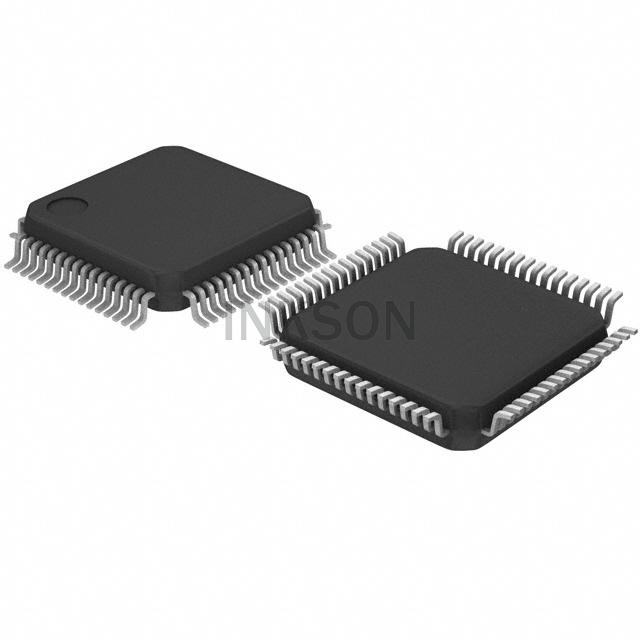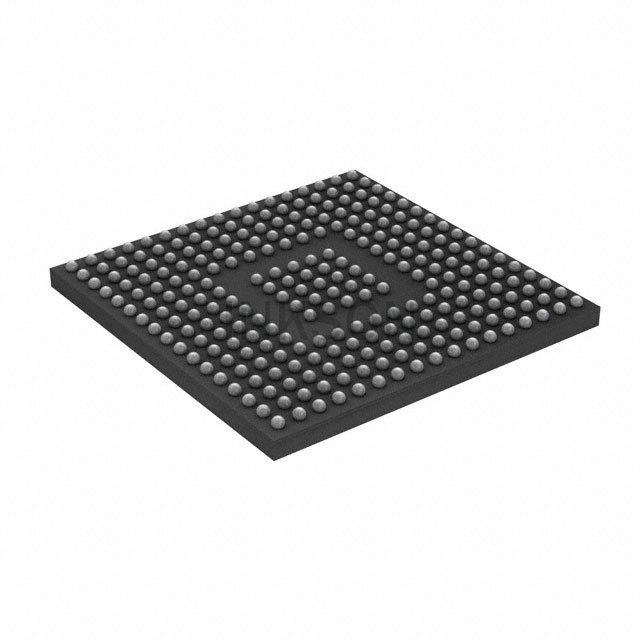The STM32F722RET6 is a high-performance microcontroller from STMicroelectronics, featuring an Arm Cortex-M7 core. It provides a wide range of peripherals and interfaces, making it suitable for a variety of embedded applications. Here's an overview of its working principles, functions, and typical applications:
Working Principles:
The STM32F722RET6 is based on the Arm Cortex-M7 architecture, offering high computational power and digital signal processing capabilities. The Cortex-M7 core enables high performance with efficient execution of complex tasks, suitable for demanding applications.
Functions:
-
Arm Cortex-M7 Core: The microcontroller is built around the Arm Cortex-M7 core, offering advanced computational and DSP capabilities, making it suitable for applications that require high computation throughput.
-
Memory Management: The microcontroller integrates a variety of memory types including flash memory, RAM, and EEPROM, supporting program storage, system data storage, and non-volatile memory requirements.
-
Peripherals and Interfaces: It includes a diverse set of peripherals such as high-speed and low-power timers, analog-to-digital converters (ADC), digital-to-analog converters (DAC), communication interfaces (SPI, UART, I2C, USB), and various digital I/Os, offering extensive possibilities for interfacing with external components and devices.
-
Clock Management: The microcontroller has a sophisticated clock management system capable of controlling internal and external oscillators for accurate timing and synchronization.
-
Analog Capabilities: This microcontroller is equipped with high-performance analog peripherals, such as high-resolution ADCs, DACs, and analog comparators supports precise analog signal processing and interface requirements.
-
Floating-Point Unit (FPU): The inclusion of an FPU allows the Cortex-M7 core to efficiently execute floating-point operations, making it suitable for applications requiring complex mathematical calculations.
-
Secure Firmware Update: The microcontroller includes features that enable secure and efficient firmware updates to ensure the integrity and authenticity of the system software.
Applications:
-
Industrial Automation: The microcontroller is used in industrial automation systems, controlling and monitoring various processes, including advanced motor control, human-machine interfaces, and communication gateways.
-
Digital Signal Processing (DSP) Applications: Its high computational capabilities make it suitable for audio processing, digital filters, and control in DSP applications.
-
High-performance Control Systems: It is employed in high-performance control systems, including robotics, drone control, and other complex control applications due to its fast computation speeds and high-precision control interfaces.
-
Medical Devices: Used in various medical devices and instruments, such as patient monitoring systems and diagnostic equipment, leveraging its processing power and secure firmware support.
-
Communications Equipment: The microcontroller is utilized in communication equipment such as routers, gateways, and network switches that require high-throughput processing and advanced connectivity interfaces.
-
Automotive Electronics: Found in automotive applications such as advanced driver-assistance systems (ADAS), connectivity solutions, and vehicle control systems due to its high performance and reliability.
-
Industrial IoT (IIoT) Devices: Used in IIoT devices requiring advanced processing capabilities, secure communication, and precise control features.
Additional Considerations:
When working with the STM32F722RET6, factors such as power management, high-speed peripheral interfacing, real-time processing requirements, and the use of advanced development tools to leverage its sophisticated features are crucial. Due consideration should also be given to thermal management, secure communication interfaces, and system-level design aspects to ensure optimal performance and reliability. Additionally, understanding the specific features and capabilities of the microcontroller's peripherals is essential for integrating it effectively into the desired application.



